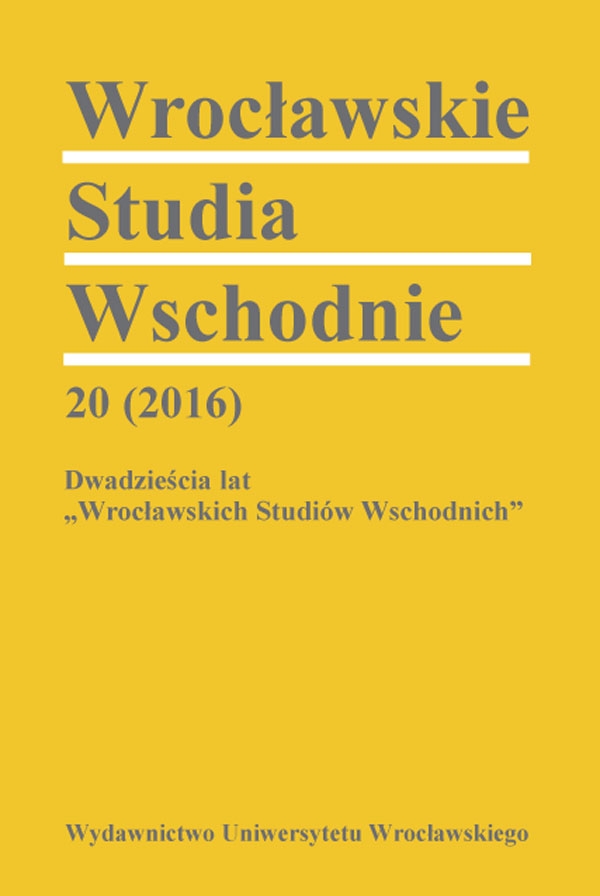

Miscellanea

Украинско-белорусские отношения в коммунистическом движении в Полесье в межвоенный период
Территория этнического украинско-белорусского пограничья, проходящая через полесское воеводство, была специфической как с точки зрения Коммунистической партии Западной Белоруссии, так и Коммунистической партии Западной Украины. Восновном, ответственность за поддержание коммунистической деятельности возлагалась здесь на КПЗБ. И, с формальной точки зрения, ее статус в этом отношении не изменился до конца организованного функционирования этого вида подрывного движения во II РП1938 г.. Тем не менее, представленный спектр разных взаимодействий, вкоторые вступали белорусская и украинская партии, позволяет сделать вывод о большей жизнеспособности этой второй. Состоялось так, хотя данная территория с точки зрения КПЗУ была несомненно периферийной территорией. Относительно позднее начало деятельности на ее части, как это было в случае коширского повета, а также отсутствие вышестоящего решения о перемещении на север сферы влияния КПЗБ не изменили того, что украинское влияние в силу украинской агитации постепенно увеличивалось. Вконце 30-тых годов можно уже говорить о фактическом вытеснении оттуда белорусского влияния, что проявлялось в создании ячеек КПЗУ даже в кобринском повете. В другом варианте поддержание хотя бы относительно эффективной акции КПЗБ становилось в30-тые годы в некоторой степени зависимым от «украинизации» языка пропаганды.
Перевел Ежи Россеник
Ukrainian-Belarusian relations in the communist movement in Polesia in the inter-war period
The ethnic Ukrainian-Belarusian border region in the Province of Polesia was a special area from the point of view of both the Communist Party of Western Belarus CPWB and the Communist Party of Western Ukraine CPWU. Generally, the responsibility for maintaining communist activity in the region lay with the CPWB. Its status did not change formally until the end of organised operations of this variety of the seditious movement in the Second Polish Republic 1938. However, the various interactions between the Belarusian party and Ukrainian party presented here suggest that the latter was more active. This happened despite the fact that the region in question was a decidedly peripheral area from the point of view of the CPWU. Both the relatively late initiation of its operations in part of the region, as it was the case with the Kashyrskyi District, as well as a lack of the leadership’s decision to shift the range of the CPWB’s operations north did not change the fact that the Ukrainian influence in the form of Ukrainian canvassing were on the rise. In the late 1930s we can speak, in fact, of the ousting of the Belarusian side, which was manifested in the founding of the CPWU’s cells even in the Kobryn District. In another variant the maintenance of at least relative effectiveness of the CPWB’s campaign became in the 1930s dependent to some extent on the “Ukrainisation” of the language of propaganda.
Translated by Anna Kijak